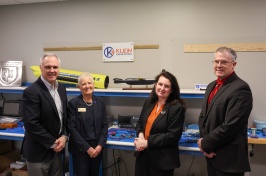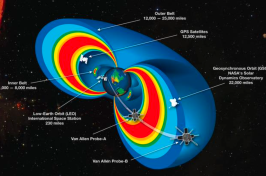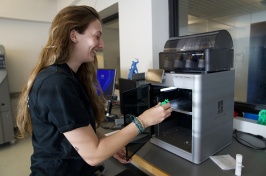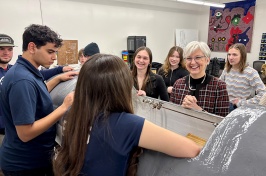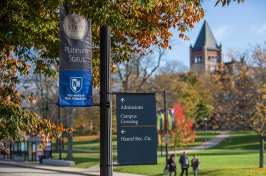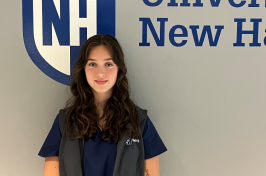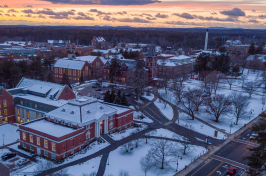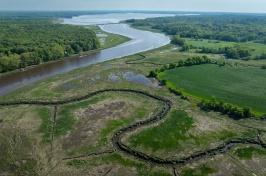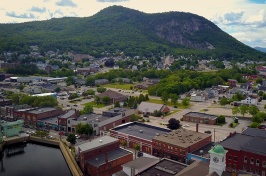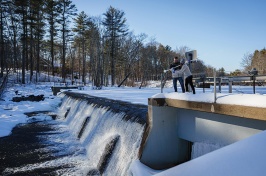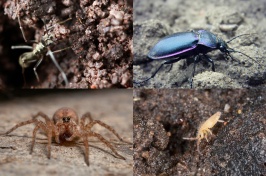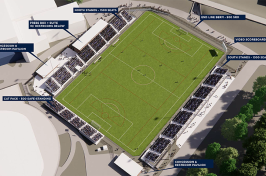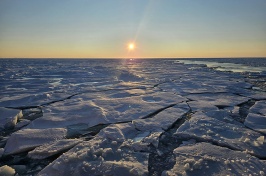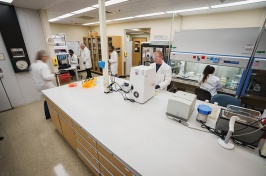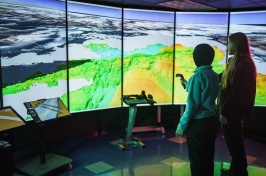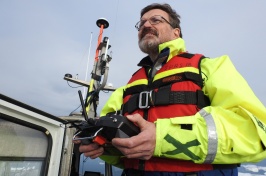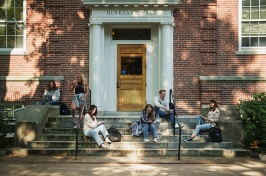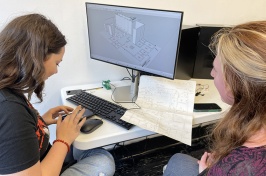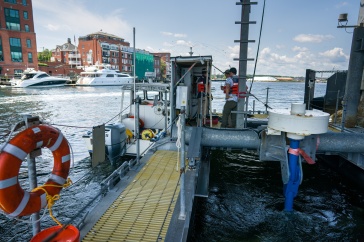
UNH researchers have harnessed artificial intelligence to produce and label the largest-ever database of northern lights images — about 700 million total — that could lead to better prediction of potentially harmful geomagnetic storms. Credit: Adobe Stock.
Aurora borealis — the northern lights — don’t just provide a stunning spectacle in the night sky. These earthly manifestations of solar wind can also help us understand and forecast geomagnetic storms from the sun that can interrupt vital communications and security infrastructure on Earth. Now, UNH researchers have harnessed artificial intelligence to categorize and label the largest-ever database of aurora images — about 700 million total — that could lead to better prediction of these geomagnetic storms.

The research, published recently in the Journal of Geophysical Research, developed machine learning/artificial intelligence tools to successfully identify and classify all of the approximately 700 million images of auroral phenomena in NASA’s Time History of Events and Macroscale Interactions during Substorms (THEMIS) data set. THEMIS collected images of the night sky every three seconds from sunset to sunrise from 24 stations across North America for over 18 years.
“This massive data set is a valuable resource that can help researchers understand how the solar wind interacts with the Earth's magnetosphere.”
“This massive data set is a valuable resource that can help researchers understand how the solar wind interacts with the Earth's magnetosphere, the protective bubble that shields us from charged particles streaming from the sun,” says study lead author Jeremiah Johnson, associate professor of applied engineering and sciences at UNH’s College of Professional Studies. “But until now, its huge size limited how effectively we can use that data.”
“At a very basic level, we aim to organize the THEMIS all-sky image database so that the vast amount of historical data it contains can be used more effectively by researchers for future machine learning or large-scale statistical studies,” he adds.
Co-authors on the study are Amy Keesee, associate professor of physics and astronomy in UNH’s Space Science Center, and researchers from University of Alaska – Fairbanks and NASA Goddard Space Flight Center. This research was funded by NASA’s heliophysics division (grant number 80NSSC22K0642) and the National Science Foundation (grant number OIA-1920965).
-
Written By:
Beth Potier | UNH Marketing | beth.potier@unh.edu | 2-1566







